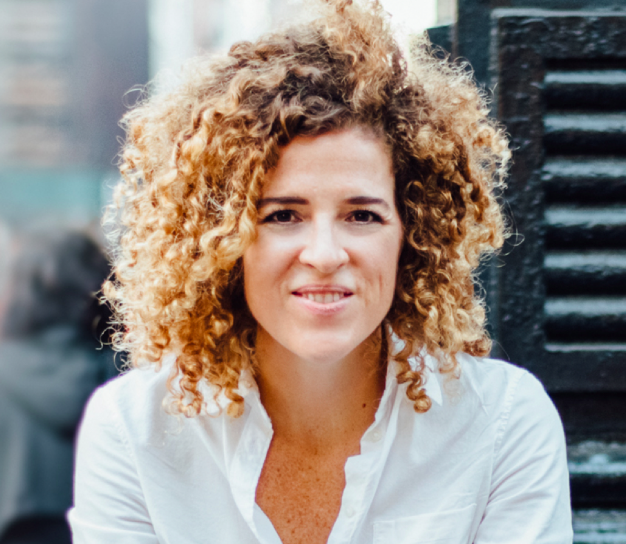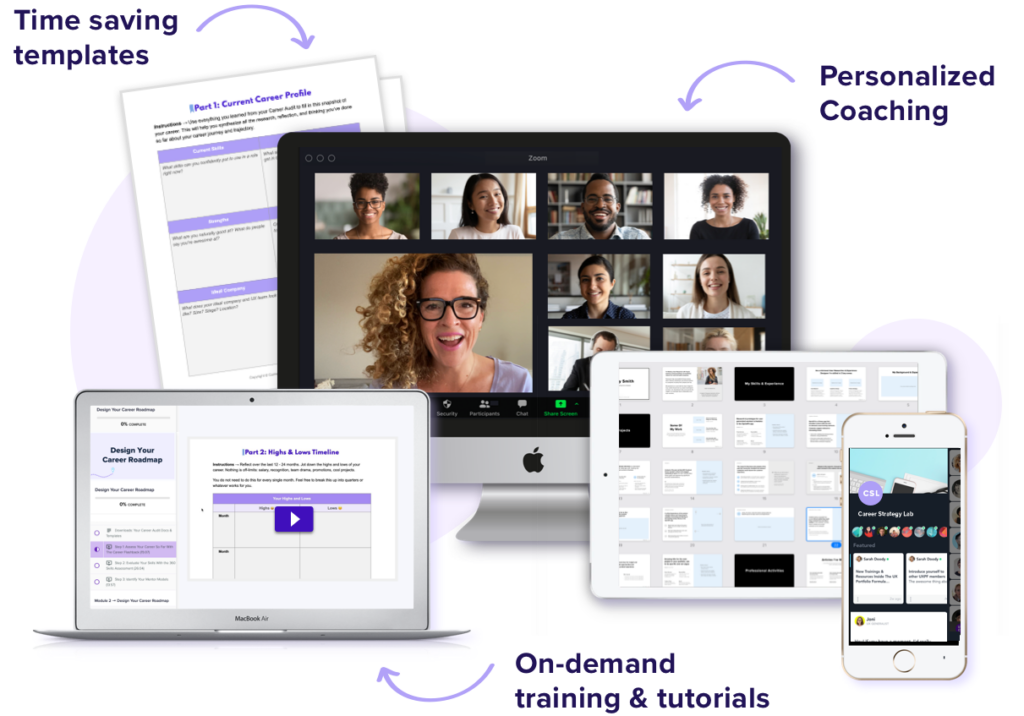4 Job Search Tips From Hiring Managers Who’ve Worked At Meta, Shopify, & IBM
In your job search, it's crucial that you don't listen to all the random advice on the Internet. That's why you should pay extra attention to these job search tips

Currently accepting applications until …
Want to advance your career in 2024? Our career coaching clients have been hired at Blue Origin, Capital One, IBM, Wells Fargo, and more.
No fee to apply, we have 5 spots open:
Spots are open in our UX career coaching program
Are you a UX or Product Professional who wants to land your dream role in weeks instead of months, without the overwhelm?
In Career Strategy Lab™ you’ll learn the exact methods I’ve used to people like you double their salaries and get hired at companies including as Home Depot, Intuit, American Express, Microsoft, Google, H&M, and Amazon … in half the time.
